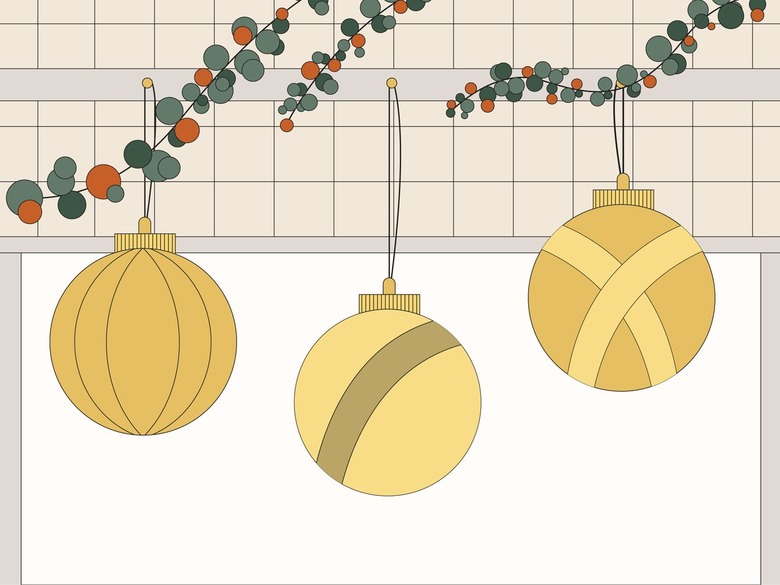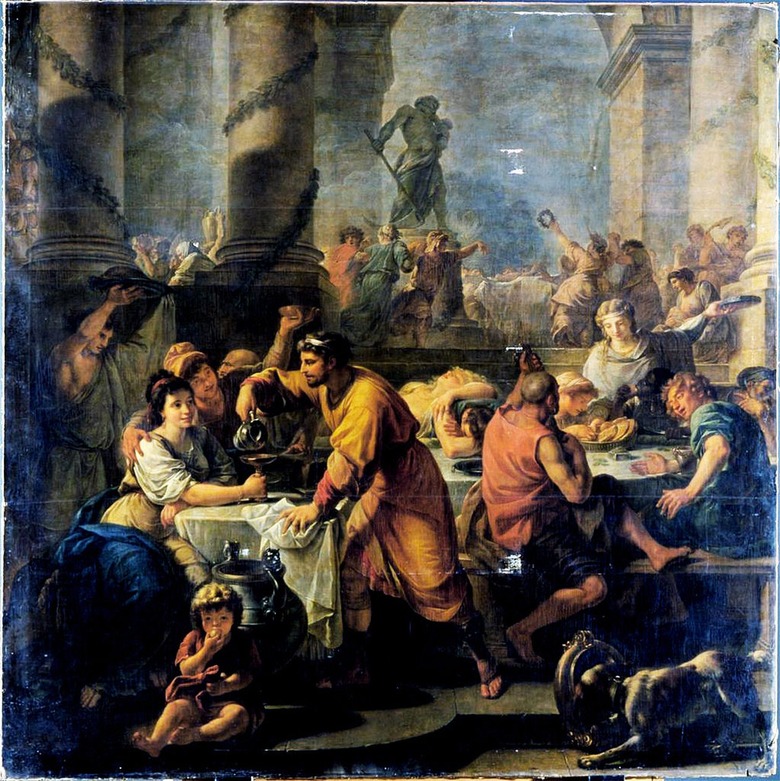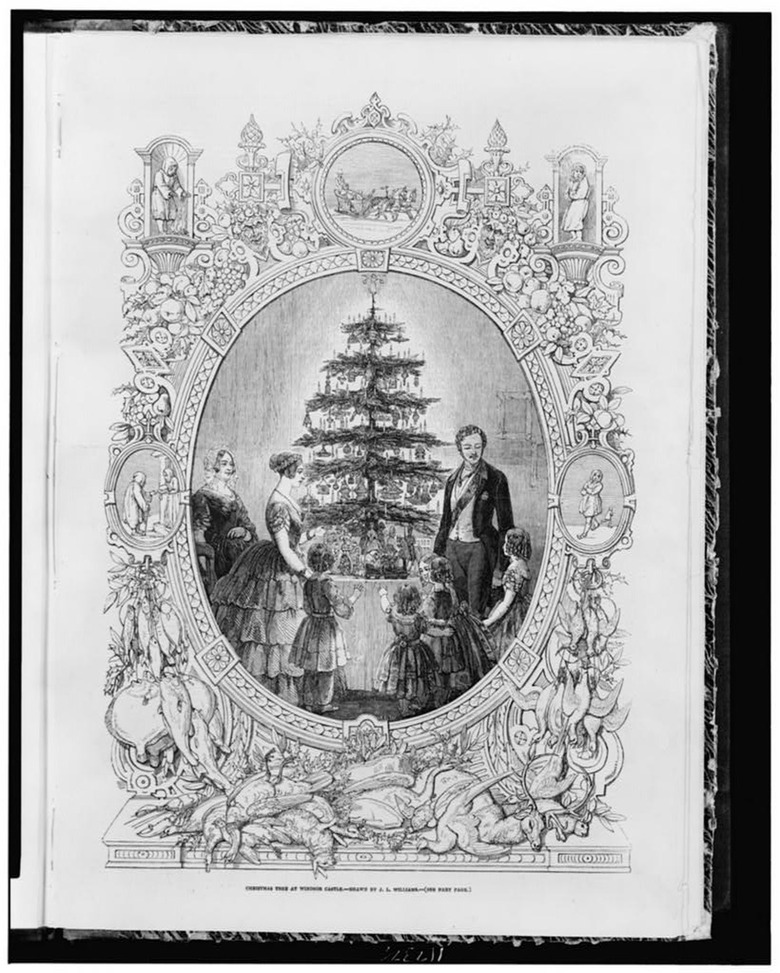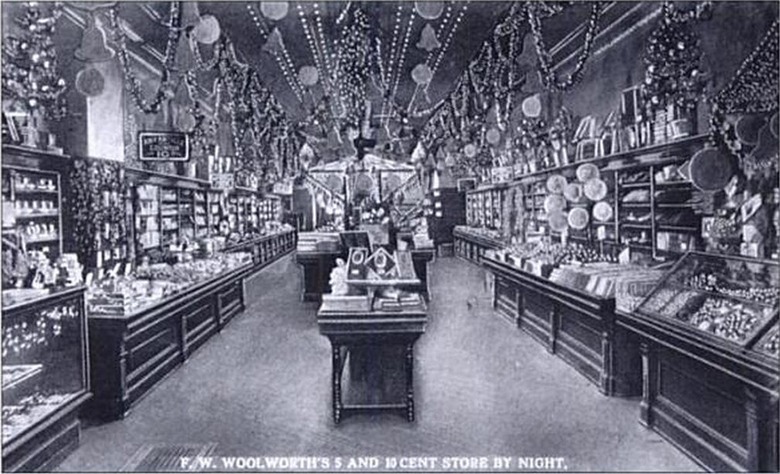Holiday Ornaments Started Out As A Surprising Type Of Fruit
Every single year, people across the globe take part in a variety of holiday traditions, from hanging up advent calendars to decking the halls with boughs of holly. But have you ever stopped to think about why we follow these holiday rituals?
Take the Christmas tree, for instance. You have to admit, it's kind of strange that we chop down evergreen trees, prop them up inside our homes, and adorn them with lights, tinsel, and ornaments. But as with most Christmas traditions, there are actually centuries of history involved.
What is the origin of Christmas ornaments?
What is the origin of Christmas ornaments?
To unearth the history of Christmas ornaments, you have to start with the Christmas trees upon which they're hung. According to History, various ancient cultures decorated interiors with green plants during the winter solstice; Egyptians used palms to honor the sun god Ra, Romans used evergreen boughs to celebrate the agricultural festival Saturnalia, Druids considered evergreens to represent everlasting life, and Vikings used boughs to honor the sun god Balder.
But the modern Western tradition of the Christmas tree was popularized by 16th-century Germans, who adapted the pagan decoration to suit Christian teachings. According to The Christmas Book: A Treasury of Festive Facts by Patrick Harding, evergreen trees were used to represent the "Paradise tree" from the story of the Garden of Eden; they were decorated with apples, the fruit that tempted Eve.
Now, given that hanging perishables on a tree inside your own home is just asking for an invasion of pests, it comes as little surprise that Christmas ornaments eventually were made from more permanent materials, such as glass or wood. But they still kept their apple-like shape — that's why classic ornaments are round!
How did Christmas ornaments become popular outside of Germany?
How did Christmas ornaments become popular outside of Germany?
German-made ornaments were sent on a grand tour of Europe via traveling salesmen peddling crafts, but the explosion in ornaments' popularity in the 19th century is largely thanks to the British royal family. According to the Royal Collection Trust, Queen Charlotte, the German consort of King George III, introduced the decorated Christmas tree to the court in the late 18th century, but it was Queen Victoria and her German husband Prince Albert who instigated the ornament craze a few decades later.
In 1848, the Illustrated London News published a drawing of the royal family surrounding their Christmas tree — as the world's top trendsetters of the day, they set the new standard for Christmas decorations throughout their vast empire.
When did Christmas ornaments become highly sought-after collectibles?
When did Christmas ornaments become highly sought-after collectibles?
Though the modern-day baubles that adorn our Christmas trees became popular in Germany, their commercialization can largely be attributed to businessman Frank Woolworth, who purchased a single case of ornaments from a German salesman in 1880 and sold them in his store in Lancaster, Pennsylvania, according to the Woolworths Museum. After they sold out in a day, Woolworth knew that he had struck gold, going on to sell a reported 500 million ornaments between 1880 and 1939.
Nowadays, when the winter months roll around, it's hard not to find a brand that manufactures Christmas ornaments. So clearly, these symbolic baubles have firmly established their place as a Christmas ritual — we're just glad they're no longer liable-to-rot apples.



